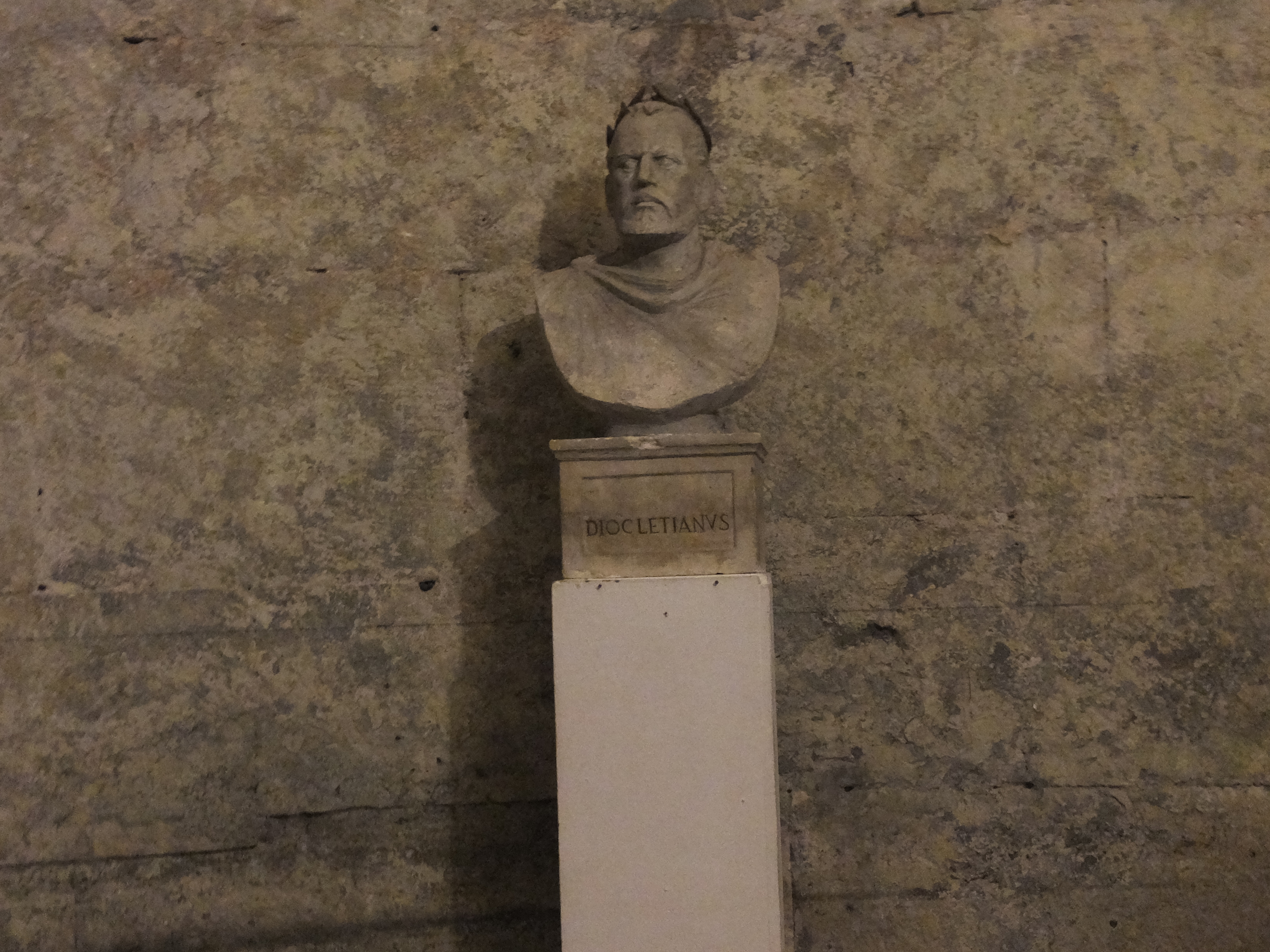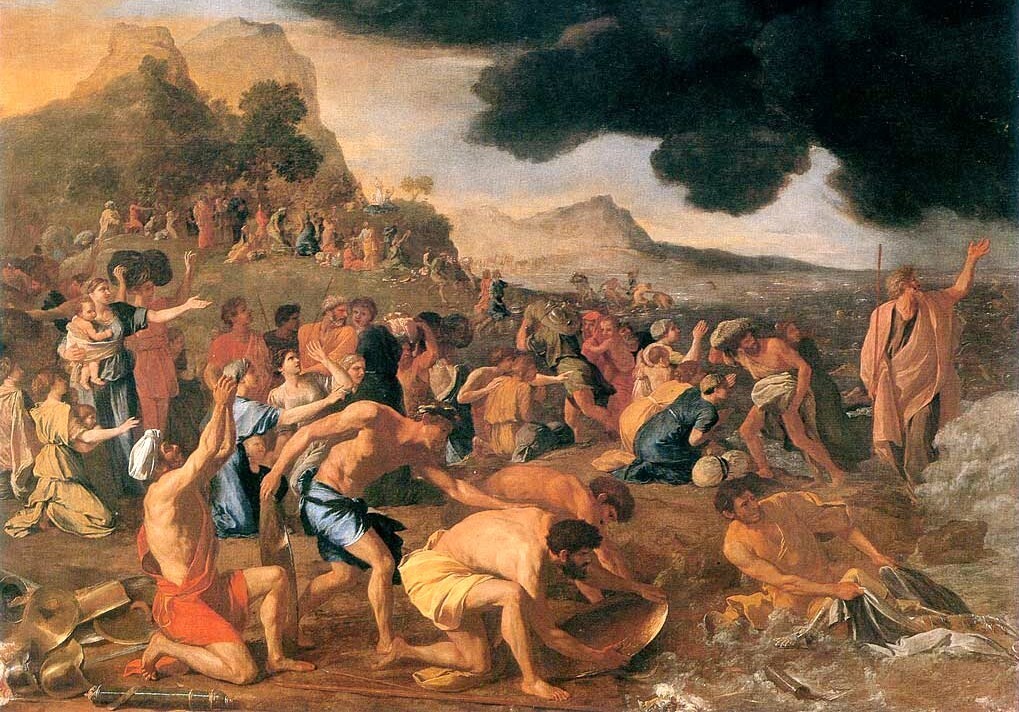|
Constantine I Turn Against Paganism
The religious policies of Constantine the Great have been called "ambiguous and elusive." Born in 273 during the Crisis of the Third Century (AD 235–284), Constantine the Great was thirty at the time of the Great Persecution. He saw his father become Augustus of the West and then shortly die. Constantine spent his life in the military warring with much of his extended family, and converted to Christianity sometime around 40 years of age. His religious policies, formed from these experiences, comprised increasing toleration of Christianity, limited regulations against Roman polytheism with toleration, participation in resolving religious disputes such as schism with the Donatists, and the calling of councils including the Council of Nicaea concerning Arianism.Peter Brown, ''The Rise of Christendom'' 2nd edition (Oxford, Blackwell Publishing, 2003) John Kaye characterizes the conversion of Constantine, and the Council of Nicea that Constantine called, as two of the most importan ... [...More Info...] [...Related Items...] OR: [Wikipedia] [Google] [Baidu] |
Constantine The Great, York
Constantine most often refers to: * Constantine the Great, Roman emperor from 306 to 337, also known as Constantine I * Constantine, Algeria, a city in Algeria Constantine may also refer to: People * Constantine (name), a masculine given name and surname Roman/Byzantine emperors * Constantine II (emperor) * Constantine III (Western Roman emperor) * Constantine III (Byzantine emperor) * Constantine IV * Constantine V * Constantine VI * Constantine VII Porphyrogenitus * Constantine VIII * Constantine IX Monomachos * Constantine X Doukas * Constantine XI Palaiologos Emperors not enumerated * Tiberius II, reigned officially as "Constantine" * Constans II, reigned officially as "Constantine" * Constantine (son of Leo V) * Constantine (son of Theophilos) * Constantine (son of Basil I) * Constantine Lekapenos * Constantine Doukas (co-emperor) * Constantine Laskaris (?) Other rulers * Constantine I, Prince of Armenia * Constantine II, Prince of Armenia * Constantine I, K ... [...More Info...] [...Related Items...] OR: [Wikipedia] [Google] [Baidu] |
Donatism
Donatism was a schism from the Catholic Church in the Archdiocese of Carthage from the fourth to the sixth centuries. Donatists argued that Christianity, Christian clergy must be faultless for their ministry to be effective and their prayers and sacraments to be valid. Donatism had its roots in the long-established Christian community of the Roman province Africa (Roman province), Africa Proconsularis (present-day Tunisia, the northeast of Algeria, and the western coast of Libya) and Mauretania Tingitana (roughly with the northern part of present-day Morocco), in the Diocletianic Persecution, persecutions of Christians under Diocletian. Named after the Berber Christian bishop Donatus Magnus, Donatism flourished during the fourth and fifth centuries. Donatism mainly spread among the indigenous Berber people, Berber population, and Donatists were able to blend Christianity with many of the Berber local customs. Origin and controversy The Roman governor of North Africa, lenient to th ... [...More Info...] [...Related Items...] OR: [Wikipedia] [Google] [Baidu] |
Crossing The Red Sea
The Parting of the Red Sea or Crossing of the Red Sea (, lit. "parting of the sea of reeds") is an episode in The Exodus, a foundational story in the Hebrew Bible. It tells of the escape of the Israelites, led by Moses, from the pursuing Egyptians, as recounted in the Book of Exodus. Moses holds out his staff and God parts the waters of the Yam Suph, which is traditionally presumed to be the Red Sea, although other interpretations have arisen. With the water dispersed, the Israelites were able to walk on dry ground and cross the sea, followed by the Egyptian army. Once the Israelites have safely crossed, Moses drops his staff, closing the sea, and drowning the pursuing Egyptians. Biblical narrative After the Plagues of Egypt, the Pharaoh agrees to let the Israelites go, and they travel from Ramesses to Succoth. Ramesses is generally identified with modern Qantir, the site of the 19th dynasty capital Pi-Ramesses, and Succoth with Tell el-Maskhuta in Wadi Tumilat, the ... [...More Info...] [...Related Items...] OR: [Wikipedia] [Google] [Baidu] |
Battle Of The Milvian Bridge
The Battle of the Milvian Bridge took place between the Roman Emperors Constantine the Great, Constantine I and Maxentius on 28 October AD 312. It takes its name from the Milvian Bridge, an important route over the Tiber. Constantine won the battle and started on the path that led him to end the Tetrarchy and become the sole ruler of the Roman Empire. Maxentius drowned in the Tiber during the battle; his body was later taken from the river and decapitated, and his head was paraded through the streets of Rome on the day following the battle before being taken to Africa. According to Christian chroniclers Eusebius of Caesarea and Lactantius, the battle marked the beginning of Constantine I and Christianity, Constantine's conversion to Christianity. Eusebius of Caesarea recounts that Constantine and his soldiers had a vision sent by the Christian God. This was interpreted as a promise of victory if the sign of the Chi Rho, the first two letters of Christ's name in Greek, was painted ... [...More Info...] [...Related Items...] OR: [Wikipedia] [Google] [Baidu] |
Chi Rho
The Chi Rho (☧, English pronunciation ; also known as ''chrismon'') is one of the earliest forms of the Christogram, formed by superimposing the first two (capital) letters—chi (letter), chi and rho (ΧΡ)—of the Greek (Romanization of Greek, rom: Christ (title), Christos) in such a way that the vertical stroke of the rho intersects the center of the chi. The Chi-Rho symbol was used by the Roman Emperors, Roman Emperor Constantine the Great (r. 306–337 AD) as part of a military standard (vexillum). Constantine's standard was known as the Labarum. Early symbols similar to the Chi Rho were the Staurogram () and the IX monogram (). Although formed of Greek characters, the device (or its separate parts) is frequently found serving as an abbreviation in Latin text, with endings added appropriate to a Latin noun, thus ''XPo'', signifying ''Christo'', "to Christ", the dative form of ''Christus'', or ', signifying ''Christicola'', "Christian", in the Latin lyrics of ''Sumer ... [...More Info...] [...Related Items...] OR: [Wikipedia] [Google] [Baidu] |
Averil Cameron
Dame Averil Millicent Cameron ( Sutton; born 8 February 1940), often cited as A. M. Cameron, is a British historian. She writes on Late Antiquity, Classics, and Byzantine Studies. She was Professor of Late Antiquity, Late Antique and Byzantine History at the University of Oxford, and the Warden of Keble College, Oxford, between 1994 and 2010. Early life Cameron was born on 8 February 1940 in Leek, Staffordshire. She was the only child of working-class parents, Tom Roy Sutton and Millicent ( Drew) Sutton.The International Who's Who of Women 2002, third edition, ed. Elizabeth Sleeman, Europa Publications, pg. 88 She read ''literae humaniores'' at Somerville College, Oxford, where she was awarded the Edwards Scholarship in 1960 and the Rosa Hovey Scholarship in 1962. From 1962 to 1980, she was married to Alan Cameron (classical scholar), Alan Cameron (1938–2017), a classical scholar. Together they had a son and a daughter. Career From 1965 to 1994, Cameron taught at King's Col ... [...More Info...] [...Related Items...] OR: [Wikipedia] [Google] [Baidu] |


